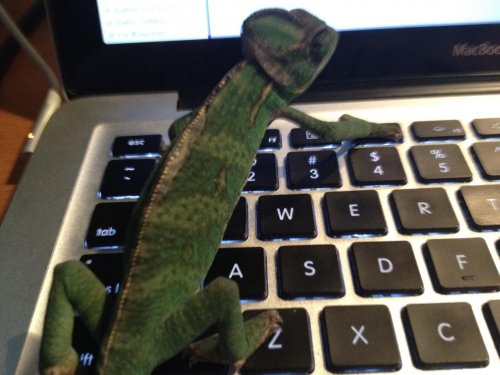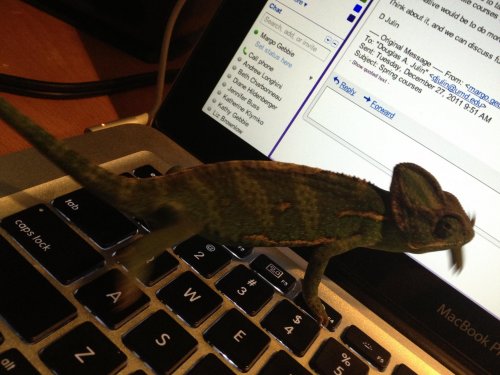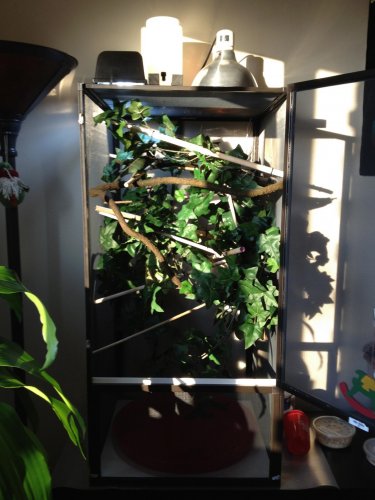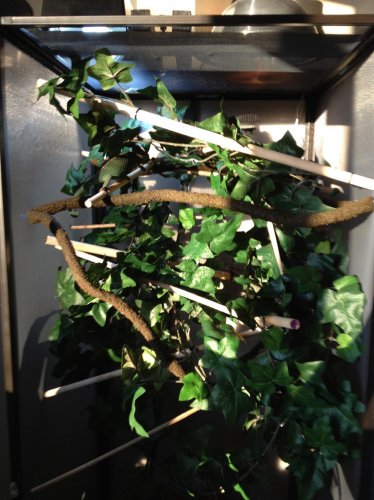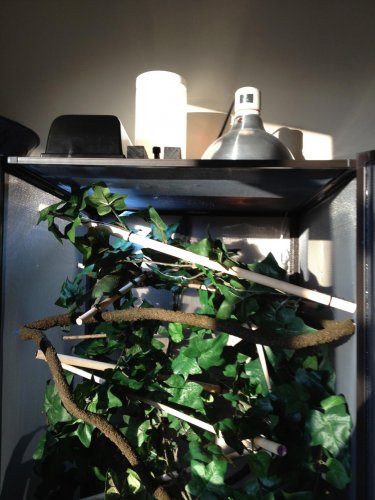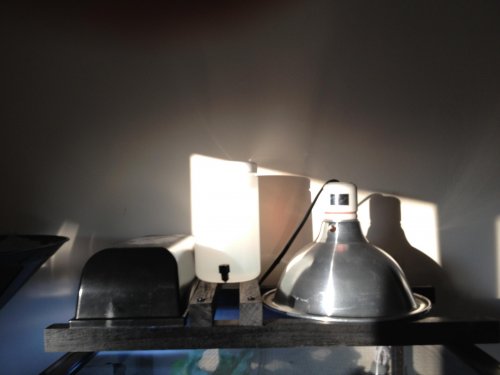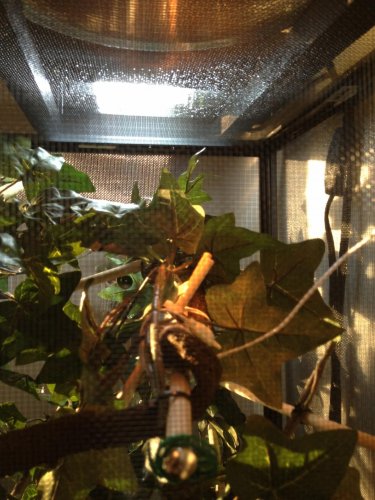mgebbie
New Member
Ok, so I've been away for a week, and had a lizard sitter in place. He's significantly larger than I remember him. He seems to be plump and healthy, and urates are perfect. As I'm looking at his spine it seems to be bruised, but it also seems to be rather large. Any other input?


